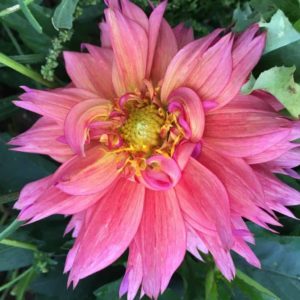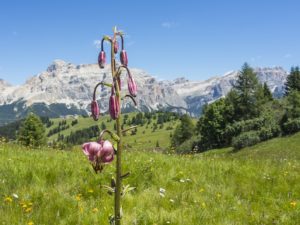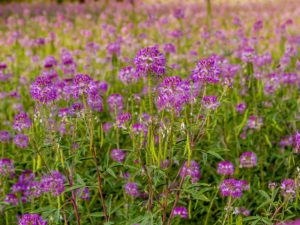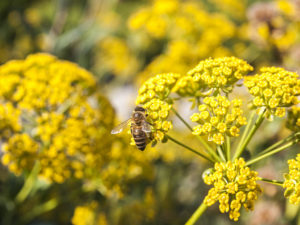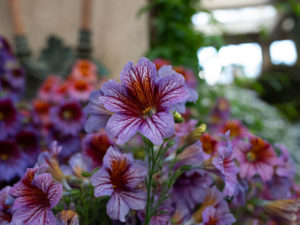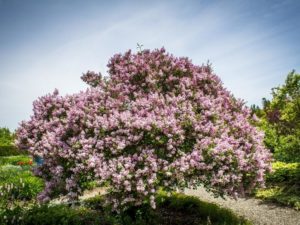The Valerian flower, officially known as Valeriana officinalis, is a perennial plant native to parts of Europe and Asia.
Its scientific name’s origins are traced to the Latin verb valere meaning, “to be strong and healthy.” Some people know it as the “all-heal” herb due to its all medicinal properties.
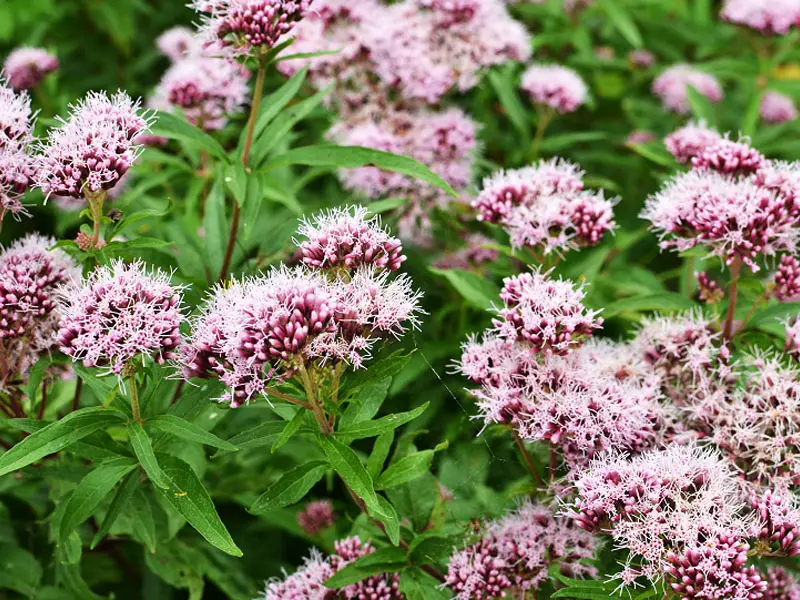
It is hardy and can grow in USDA zones 4 through to 9. This plant is known for its cold tolerance and grows easily.
The valerian plant usually dies back to the ground during the winter.
However, its roots remain undestroyed, so when the spring arrives, you will see new growth.
Valerian grows in various conditions, requiring a decent amount of light; this varies from full sun to partial shade and always in well-draining soil.
Besides this, keep the soil moist since the plant requires plenty of water. Adding mulch to the top layer retains the moisture.
This self-seeding herb flourishes better when you remove the flowers before they have a chance to develop and then drop seeds.
Sow the seeds directly in the ground once the frost has passed.
You could start it earlier indoors and then transplant it in the garden beds.
| Scientific Name | Valeriana officinalis |
| Common Names | Valerian, all-heal, garden heliotrope |
| Hardiness | USDA 3 to 9 |
| Indoor or Outdoor Plant? | Outdoor |
| Sun Exposure | Full sun to partial shade |
| Water | Regular and consistent |
| Size | 3 – 5 feet tall |
| Soil Type | Average, well-drained, loam |
| Soil pH | Tolerant of most soils |
| Flower | White, pale pink |
| Growing Difficulty Level | Easy |
Valerian Flower Appearance and Characteristics
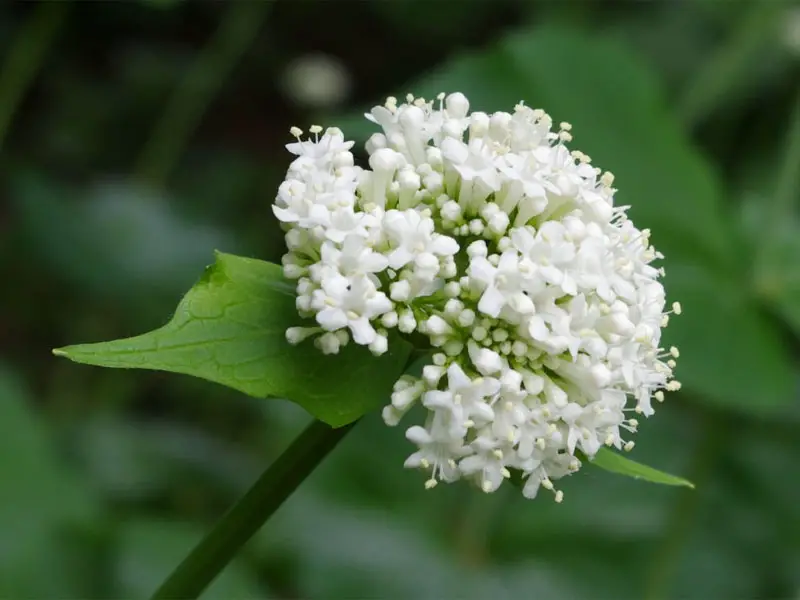
This plant can sometimes be mistaken for a wild shrub, but when grown in full capacity under the right conditions, it can grow to 5 feet tall.
When it grows, its shoots emerge from a small rhizome and have fibrous roots. The stems are usually pubescent, especially at the nodes.
As the leaves are pushed upward towards the stems, the petioles get shorter.
They also have characteristic hairs on the underside.
These lobed leaves grow in pairs out of the sides of a tall hollow stalk.
If you see it in full bloom, you will immediately notice that the top of the plant is covered with small pale pink or white flowers.
Some people might confuse it with red valerian or Centranthus ruber, but they are not related.
The valerian has small and oblong-shaped fruit, measuring around 3-5 mm long.
The seeds are often dispersed by the wind, making them a self-seeding plant.
The flowers grow in tiny white or pale pink clusters.
One of the most notable characteristics of the flowers is that they have a sweet scent, almost akin to vanilla or cloves.
These aesthetic pollinators attract bees easily due to their abundant nectar.
Other insects, such as many species of flies, hoverflies, and butterflies, use them as a major food source.
In Europe, people would use cats to determine the quality of the flower as they appreciate the smell of the plant, just as they do with catnip.
Older plants are easy to identify because they have multiple flower stalks and produce more extensive roots.
When harvesting younger plants, you will see that the roots are smaller and will only have a single stalk.
Valerian Flower Growing Guide
While the valerian is not difficult to grow, it needs plenty of attention when it comes to soil and water.
If you are growing it for its medicinal uses, then you have to ensure that you produce good quality flowers, roots, and stems.
Under the right conditions, valerian flowers can grow outside as well as indoors.
Water
In order to grow to its full capacity, the valerian needs a consistent amount of moisture.
This does not mean that you should overwater it.
Once you decide whether to plant it in the garden bed or in a pot indoors, you must arrange a watering schedule.
If this herb is waterlogged, it will result in rotting the roots or plant itself, which will attract pests.
Instead of watering the plant a little every day, try applying large quantities of water to the herb every few days.
This method allows the moisture to soak down to the root system, keeping the plant and the soil around it wet for longer.
Sometimes the plant dries out and still needs to pull moisture from the ground around it.
Deep watering methods ensure that this process happens smoothly.
If you want to preserve the moisture in the soil, then apply a mulch over the soil.
Keeping track of the weather is also a good idea.
During heavy rain or stormy weather, you will be able to skip watering sessions until the weather dries out.
Light
The valerian plant is versatile.
It is known to flourish in good light.
If you live in a sunny area, then this is the plant for you.
Since it is not super-sensitive to bright sunlight, it copes better in positions that receive full sun.
The plant will grow well if you provide the valerian with full sun for at least six hours a day.
So, if you place it in a west-facing patio or garden, it can receive the desired hours of sunlight.
It could also be placed as hedges since it acts as a screen for other smaller shrubs.
Soil
The valerian famously grows in most soil types and textures, provided there is good drainage.
However, it thrives in sandy loam.
If you plant it in clay soils, the lack of drainage will keep the plant’s roots moist constantly, eventually killing it.
You should add some compost to the soil and ensure adequate drainage.
Since the valerian likes nitrogen-rich soil, you should add mulch with compost in the spring season after the harvest.
Make sure that you remove dried flowers or stalks.
If you forget to do this, they will begin to produce seeds, which will blow all over your garden, completely taking over other growth.
Despite its low germination rate, this plant can surprisingly grow wild and spread all over your garden without your intervention.
Temperature and Humidity
This plant is known for its hardiness.
The valerian can survive harsh winter conditions.
This frost-tolerant herb can be easily grown in USDA Zones 4 through to 9.
The plant dies back in winter, and the seeds remain dormant until spring.
Since the roots remain unaffected, the shoots emerge again during the spring season without intervention.
It is imperative to note that the plants suffer if exposed to extreme frosts when they are very young.
If you are experiencing long bouts of unseasonably cold spring weather, then cover the plants.
You should plant them in autumn or spring, as well as in mild spells during winter.
As long as plants are kept watered for the remainder of the first growing season, summer planting can be done easily.
Potting and Repotting
For an outdoor area, clean the garden bed and rid it of stones and weeds.
Ensure that the soil has good drainage, or add mulch or compost to retain the essential moisture.
This plant needs to be placed in an area with adequate sunlight.
Once your space is ready, sow the seeds into rows in the bed.
Wait for the seeds to germinate and produce seedlings before transplanting.
You could also use a container if you lack space, quality soil area, or even if you are a beginner.
Fill the container with nutrient-rich soil.
Always make sure that the base of your planter is large enough to support the root system of the valerian plant.
Additionally, it should be deep enough to house the herb with ample soil space at the bottom.
The ample space leaves more area for soil, which can absorb more water since this plant requires constant moisture.
The soil covered with mulch retains the moisture that the herb needs and acts as a reservoir.
Propagating and Pruning
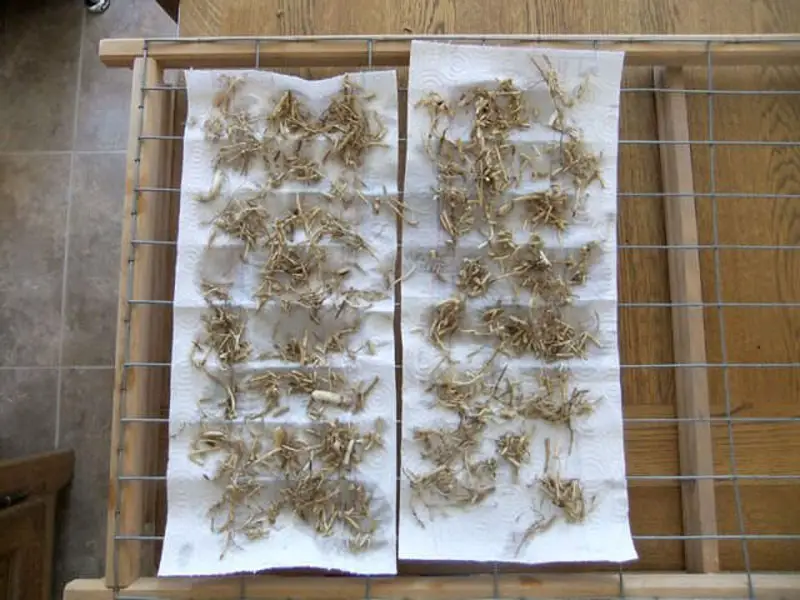
To propagate the valerian properly, divide healthy established plants at the roots for newer specimens in your garden.
Do this early in the season so that the roots of the dividing plants have time to embed before the winter arrives.
Gardeners can propagate valerian flowers from seedlings.
Plant the seeds between 3/8 and 1/2 inches deep in nutrient and nitrogen-rich soil.
Within some weeks, the clumps will increase to about 18 inches wide.
Germination usually takes between two to three weeks.
Try growing them indoors to get a successful head start, about a month prior to the last frost date.
Add quality soil to the seed trays, then add two seeds to each grow cell just in case one fails to germinate.
After the last frost has passed, transfer them outdoors in a bed with proper growing conditions.
Keep the temperature of the seed between 65-68°F or 18-20°C until the seeds have germinated.
Following this, it should grow at normal greenhouse temperatures until it is large enough to transplant.
Since this plant tends to regrow itself and spread, trimming the spent flowers before they go to seed prevents the valerian flower from becoming invasive and taking over the garden.
Despite not being a massive herb, it still needs more growing space than other smaller herbs.
The herb can grow rather tall, so plant it in a place where its stature won’t be an issue.
Deadhead any flowers the valerian herb produces by removing old flowers from the herb.
This will control the seed germination.
If you want more valerian growing in your garden, allow the flowers to reseed.
Advantages of Growing Valerian Flowers
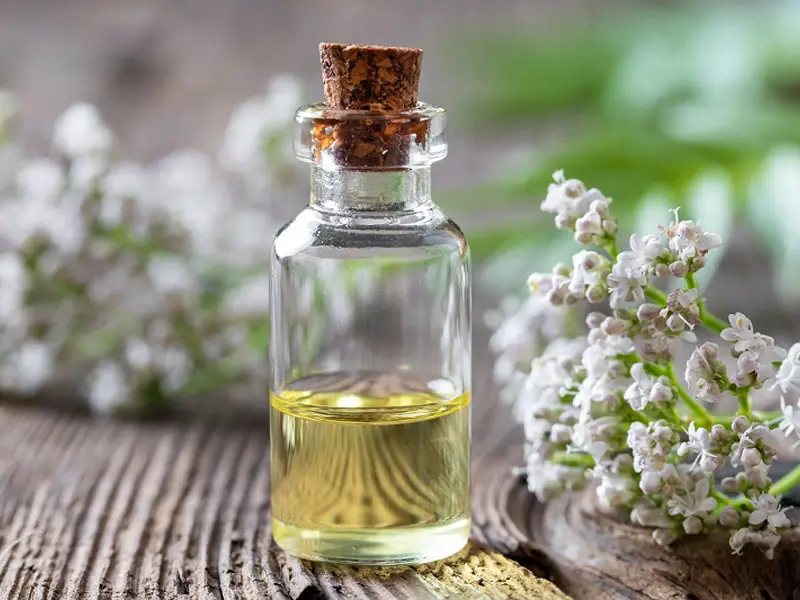
Valerian’s healing properties have been recorded since the 17th century.
The leaves are used for making a poultice for bruises. In addition to its aesthetic value, the Valerian has medicinal properties.
Typically taken orally, it is often used to treat anxiety, insomnia, dyssomnia, and depression.
Other treatments include mild tremors, chronic fatigue syndrome, infantile convulsions, muscle, and joint pain.
Since it has calming properties, it is often used in psychologically stressful situations to manage anxiety.
Many women also used the herb to treat menstrual cramps, menopausal symptoms, and shingles.
Its household uses include bath additives and essential oil for aromatherapy which promote relaxation and sleep.
Studies show that it is commonly used as a herbal remedy to treat ADHD.
For sleep or relaxation, it can be made into tea or taken in capsule form.
Gardeners often plant valerian alongside hummingbird, catnip, echinacea, mint plants, and dill shrubs.
For aesthetic uses, cut the flower stalks for vases and use them as decorations.
The fragrance enhances the beauty and makes any bouquet or vase even nicer to look at.
Valerian Flower Pests, Diseases, and Problems
Some common pests found around valerian flowers are aphids that thrive on the sap of your plant, leaving a sticky substance on it known as honeydew. Spray soapy water on all sides of the foliage.
Cats are attracted to the smell, so ensure you keep those fences checked in to prevent them from littering on the plant.
Japanese beetles pose a threat to these plants, so spray soapy water on the plant regularly to prevent them from making an appearance.
Check constantly for rust and remove the damaged area.
Take some fungicide and spray the infected plant.
It is important to remove all weeds or garden debris from around the plant.
Powdery and downy mildew can occur if the herb is planted too densely.
Adding space between plants gives them more room to breathe and dry out.
Where to Find High-Quality Seeds
You can buy some high-quality seeds from Amazon.com by clicking on the link below.
Valerian Seeds

FAQs
Some frequently asked questions about the Valerian flower are listed below:
Where does a Valerian grow best?
It thrives best in full sun or partial shade.
Is valerian annual or perennial?
It is a clumping perennial plant.
What does the valerian root smell like?
It has a strong earthy odor.


